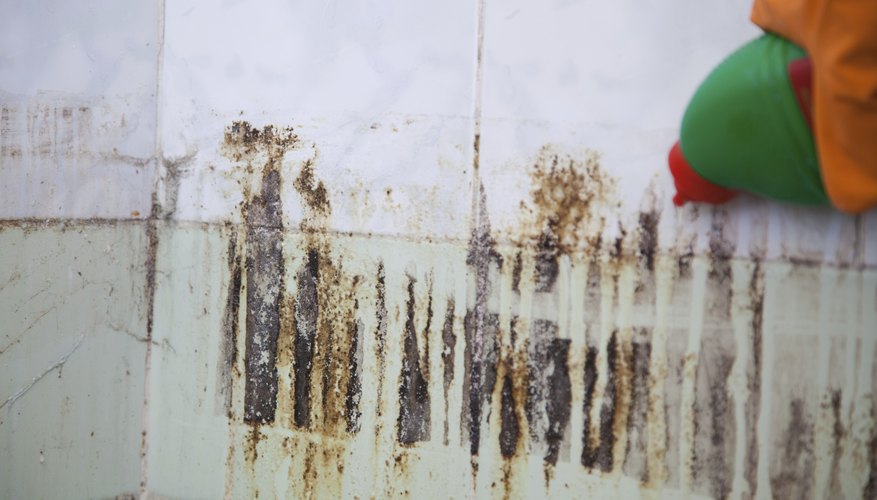Bleach is a chemical that removes colours or whitens and is often used for disinfecting and sterilising. Bleach is a commonly used household cleanser and is also sold as a whitening agent for laundry. Certain precautions should be taken when handling and disposing of bleach as it can be extremely harmful if ingested or inhaled. It can also cause harm to wildlife and the environment if not disposed of properly. Bleach can also be an eye irritant and reacts with ammonia or acids to form a toxic gas.
- Bleach is a chemical that removes colours or whitens and is often used for disinfecting and sterilising.
- Bleach can also be an eye irritant and reacts with ammonia or acids to form a toxic gas.
Pour bleach down the toilet if you are disposing of less than five gallons and if you are connected to a municipal sewer. Allow the bleach to sit for a few minutes and disinfect your toilet before flushing if desired.
Turn on your tap and pour bleach down the sink, if it is less than five gallons. Diluting the bleach with running water breaks down its main components and renders it less harmful.
Contact a waste disposal company if you have a large amount of bleach to dispose of. A hazardous waste disposal company will allow you to drop off your bleach or can arrange to pick it up from your location. Usually they will charge a disposal fee.
- Turn on your tap and pour bleach down the sink, if it is less than five gallons.
- Contact a waste disposal company if you have a large amount of bleach to dispose of.
Any small bleach spills can be cleaned with paper towels and tossed directly into the trash.
Give excess bleach away to friends or neighbours. Donating to an animal shelter or other organisation might be another way to rid yourself of any extra bleach you have on hand.
WARNING
Never reuse an empty bleach bottle. These should be rinsed and thrown away or recycled. Never pour bleach on the ground or down a storm drain. This could cause serious harm to the environment.
